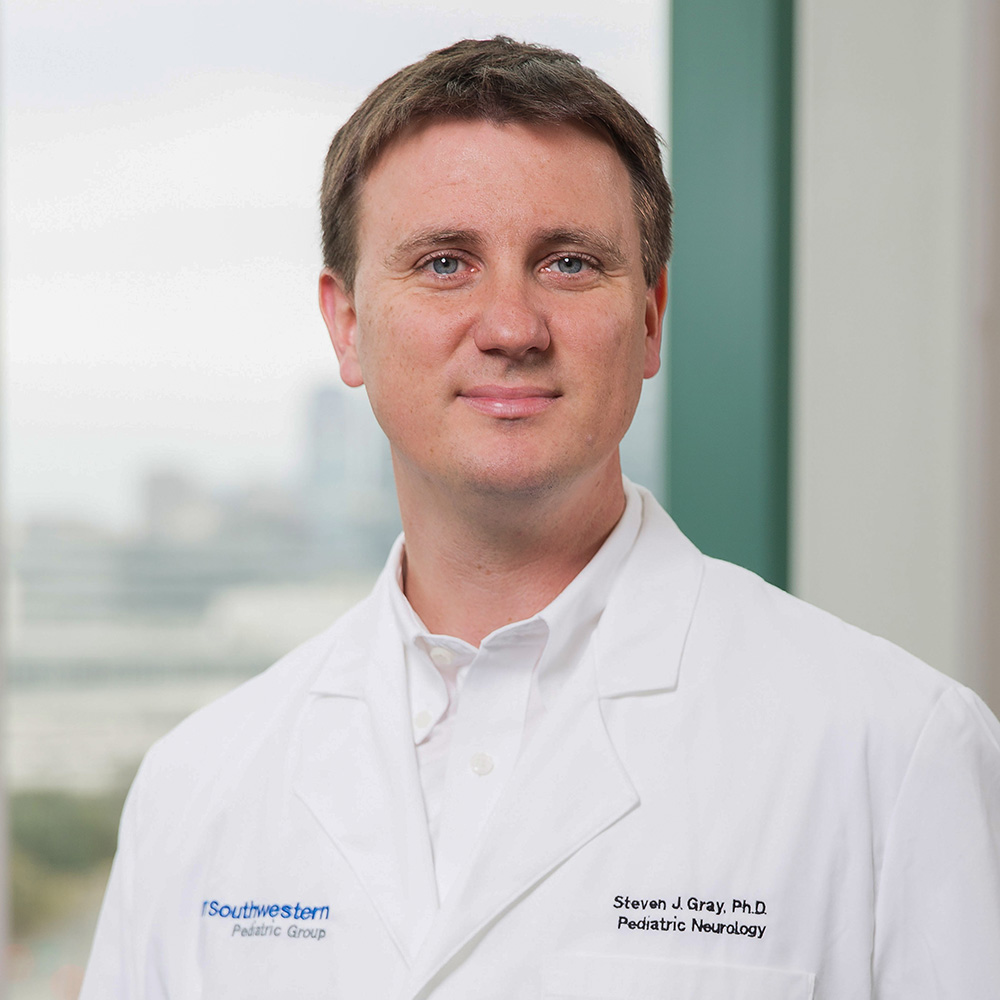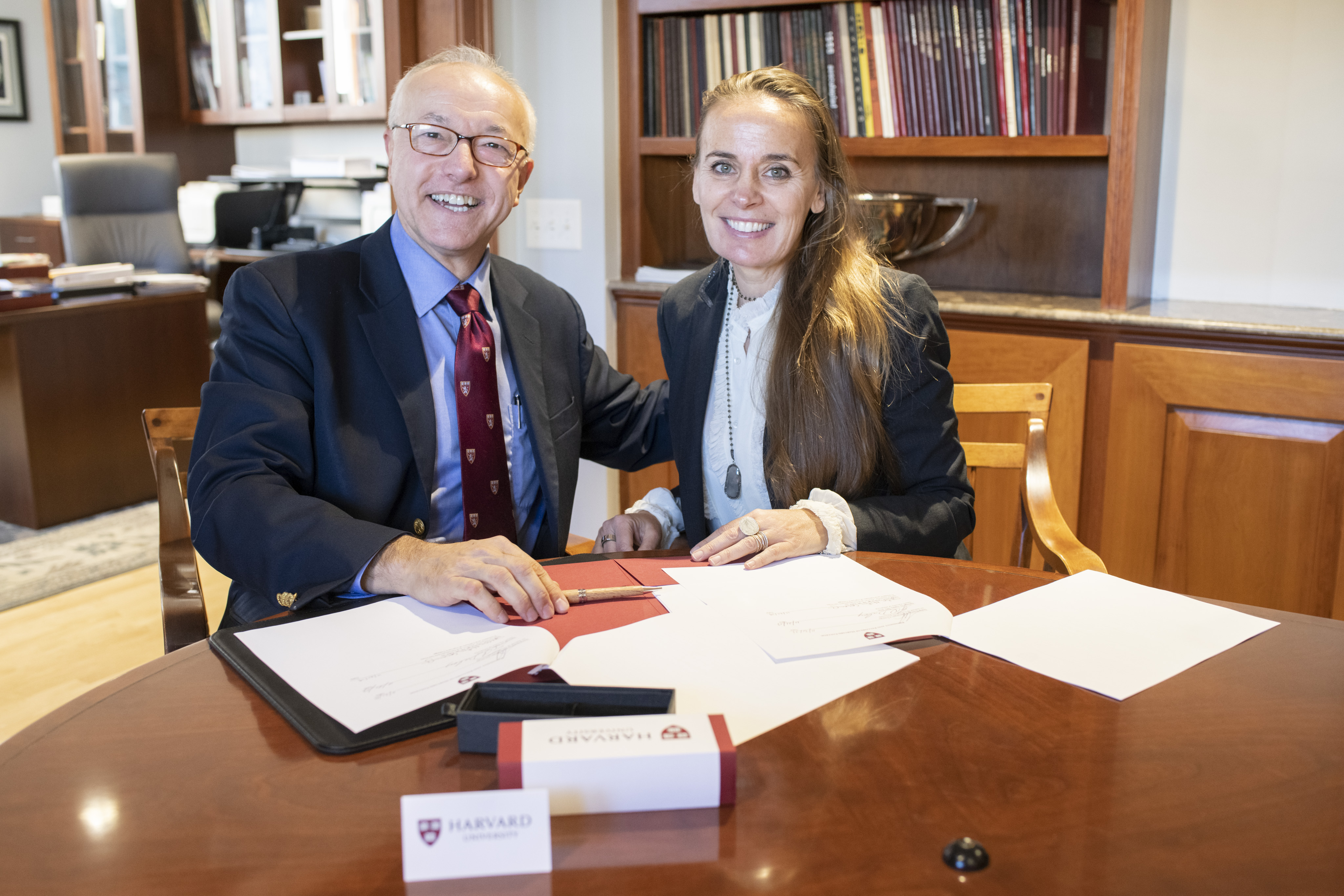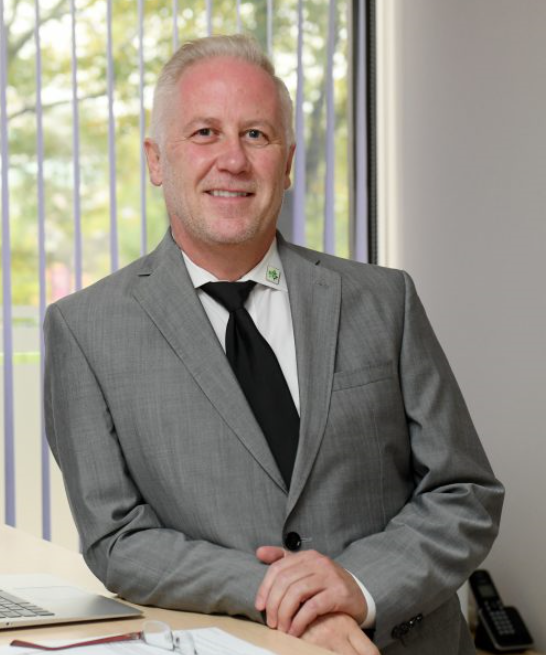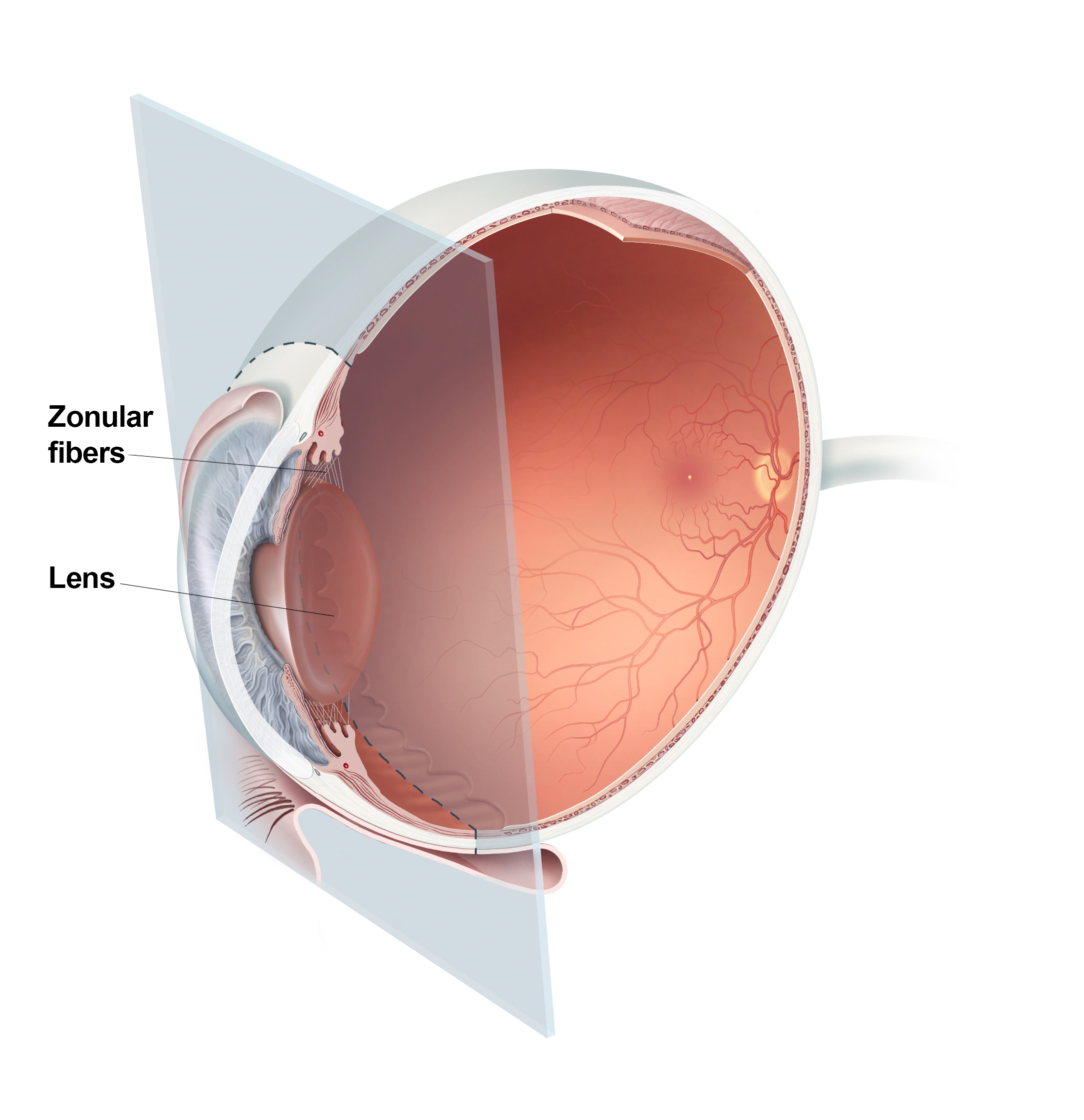New AI model identifies possible therapies from existing medicines for thousands of diseases, including rare ones with no current treatments.
The AI tool generates new insights on its own, applies them to conditions it was not trained for, and offers explanations for its predictions.
Tag: rare disease
EveryLife Statement on the Creation of FDA Rare Disease Innovation Hub
he EveryLife Foundation for Rare Diseases commends the Food and Drug Administration (FDA) on today’s announcement of its intention to create a Rare Disease Innovation Hub. Co-chaired by CDER Director, Dr. Peter Marks, and CBER Director, Dr. Patrizia Cavazzoni, the Hub will directly engage patients and the public to inform its strategic agenda.
Repurposed drug may help stabilize vision in rare disease
Washington University School of Medicine in St. Louis led a clinical trial that tests the safety and efficacy of an FDA-approved drug in stabilizing vision in patients with RVCL-S, a rare genetic disease that affects tiny blood vessels in the body.

Gene therapy offers hope for giant axonal neuropathy patients
A gene therapy developed by researchers at UT Southwestern Medical Center for a rare disease called giant axonal neuropathy (GAN) was well tolerated in pediatric patients and showed clear benefits, a new study reports. Findings from the phase one clinical trial, published in the New England Journal of Medicine, could offer hope for patients with this rare condition and a host of other neurological diseases.
Rare but not forgotten
Finding treatments for children with rare diseases has been a significant hurdle in the medical world. An unexpected source, the common fruit fly, is turning up answers.
UCSF Research Vital to First Drug for Deadly Bone Disease
The U.S. Food and Drug Administration (FDA) recently approved palovarotene (Sohonos) as the first treatment for fibrodysplasia ossifcans progressiva (FOP), a severely disabling condition that causes abnormal bone formation in place of soft and connective tissues.
Researcher works to improve diagnosis speed for rare conditions like the one her child was ‘lucky’ to survive
The study of delays in diagnoses of rare diseases from Katie Corcoran, a sociologist in the West Virginia University Eberly College of Arts and Sciences, will evaluate the impact of patients’ race and gender and whether physicians share large numbers of patients.
National Network of NORD Rare Disease Centers of Excellence Expands to 40 U.S. Medical Institutions
Today, the National Organization for Rare Disorders (NORD) announced the addition of nine new Rare Disease Centers of Excellence, bringing the total number of medical centers in this network to 40 on the day of the 40th anniversary of NORD’s founding.
Cleveland Clinic Rare Disease Center Recognized as a National Center of Excellence by National Organization for Rare Disorders
Cleveland Clinic has been designated a Rare Disease Center of Excellence by the National Organization for Rare Disorders (NORD). The new Cleveland Clinic Center for Rare Diseases is one of 40 U.S. academic medical centers selected to join the first-of-it-kind national network dedicated to diagnosing, treating and researching all rare diseases.
Zebrafish model helps explain eye development
Scientists at the National Eye Institute (NEI) have developed a zebrafish model of NEDBEH—a rare genetic disorder that can cause coloboma, where parts of the eye are missing due to developmental defects. The model provides a new tool for understanding the eye’s embryonic development. The NEI is part of the National Institutes of Health.
Cleveland Clinic Performs First-In-World Full Multi-Organ Transplant to Treat Rare Appendix Cancer
Cleveland Clinic has successfully performed a first-in-the-world full multi-organ transplant to treat a patient with a rare form of appendix cancer called pseudomyxoma peritonei (PMP). Upon completion of the lifesaving transplant surgery, the patient received five digestive organs.
Johns Hopkins Medicine Receives New Distinction of Excellence for Treatment of Rare Diseases
Johns Hopkins Medicine (JHM) has been designated a National Organization for Rare Disorders (NORD) Rare Disease Center of Excellence. The newly established designation recognizes centers who are leaders in the diagnosis and care of people with rare diseases. JHM shares the recognition with the Kennedy Krieger Institute.
Researchers Discover Test to Predict Which Patients with Rare Blood Disease Will Respond to Only FDA-Approved Treatment, and Identify Alternative Therapy
New research has uncovered a precision medicine test using blood proteins to identify a novel patient subgroup of idiopathic multicentric Castleman disease (iMCD), a rare blood disorder, who are more likely to respond to siltuximab, the only FDA approved treatment for the disease.
Innovative Gene Therapy ‘Reprograms’ Cells To Reverse Neurological Deficiencies
A new method of gene therapy is helping children born with a rare genetic disorder called AADC deficiency that causes severe physical and developmental disabilities. The study was led by researchers at The Ohio State University Wexner Medical Center and The Ohio State University College of Medicine.

No Cancer Left Behind
A $15 million gift to Harvard Medical School from the Bertarelli Foundation is boosting efforts to understand and combat rare cancers. Nine teams across the school and its affiliated hospitals describe their efforts to illuminate understudied malignancies.

Rare diseases: More common than you think
In Canada, it is estimated that 1 in 40 children are born with a rare (genetically inherited) disease. One half of those children will not reach adulthood. Collectively, rare diseases are a major (and likely the main) contributor to childhood mortality and morbidity in Canada, with an estimated one in…
A Canadian success story: world-first to treat Fabry disease with gene therapy
Results of a world-first Canadian pilot study on patients treated with gene therapy for Fabry disease show that the treatment is working and safe.

Learn the Symptoms of Pulmonary Fibrosis this Rare Disease Day
To mark Rare Disease Day on February 28, the Pulmonary Fibrosis Foundation (PFF) aims to increase public understanding of pulmonary fibrosis (PF) to drive home the importance of early diagnosis to help improve the quality of life for patients.

Pitt Scientists Identify Genetic Risks of Rare Inflammatory Disease
A group of international collaborators led by researchers from the University of Pittsburgh identified new genetic associations that can predict individual susceptibility to Takayasu arteritis.

Pulmonary Fibrosis Foundation Launches Campaign To Raise PF Awareness And Early Diagnosis
The Pulmonary Fibrosis Foundation today announced the “Pinpoint PF” education and awareness campaign aimed at individuals with symptoms and at a higher risk for pulmonary fibrosis (PF).
Vaccines and rare diseases: using one to help the other
An immunology researcher in Canada has found a simple solution to prevent infections in children with lactic acidosis: get them vaccinated.
St. Jude recognized as clinical care center for rare von Hippel-Lindau syndrome
St. Jude Children’s Research Hospital has been designated as a von Hippel-Lindau Clinical Care Center by the VHL Alliance. St. Jude is the first and only VHL Alliance-recognized Clinical Care Center dedicated solely to children.
Seaver Autism Center For Research and Treatment at Mount Sinai Launches First Drug Trial for ADNP Syndrome
Researchers at the Seaver Autism Center for Research and Treatment at Mount Sinai have started recruiting participants for a new clinical trial to evaluate the safety, tolerability, and efficacy of a low dose of ketamine in children diagnosed with ADNP syndrome (also known as Helsmoortel-VanDerAa syndrome), a rare neurodevelopmental disorder caused by mutations in the activity dependent neuroprotective protein (ADNP) gene.

New research on Marfan syndrome focuses on eyes
New NEI-supported research provides insight into the eye conditions associated with Marfan syndrome, where weakened zonule fibers cause vision problems.

New test for rare disease identifies children who may benefit from simple supplement
Scientists at Sanford Burnham Prebys Medical Discovery Institute and the Centro de Biología Molecular Severo Ochoa in Spain have created a test that determines which children with CAD deficiency—a rare metabolic disease—are likely to benefit from receiving uridine, a nutritional supplement that has dramatically improved the lives of other children with the condition. The study was published in Genetics in Medicine.
U of U Health Launches Rapid DNA Testing of Critically-Ill Newborns for Faster Diagnosis, Better Treatment
University of Utah Health today announced the launch of a project with a goal of quickly and accurately detecting genetic disorders among newborns in its neonatal intensive care unit (NICU). Clinicians believe that bringing precision medicine to the NICU will transform neonatal care, leading to better diagnosis and treatment of critically ill infants with genetic-related diseases while lowering medical costs and easing the emotional and financial burden on parents and families.